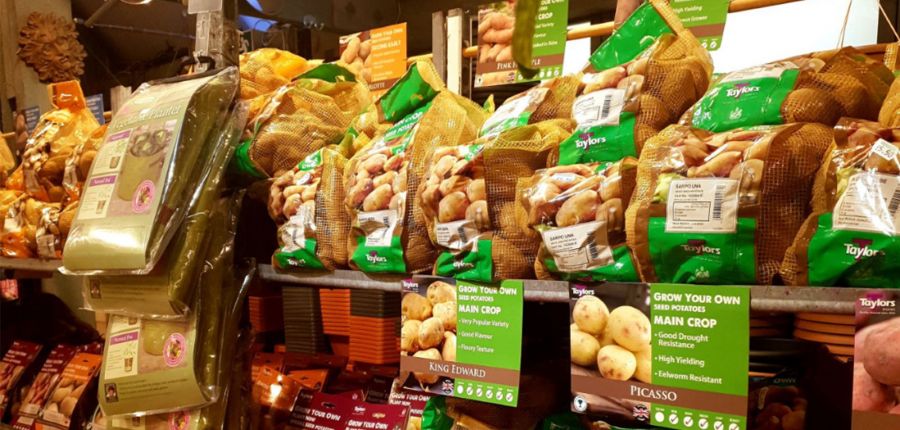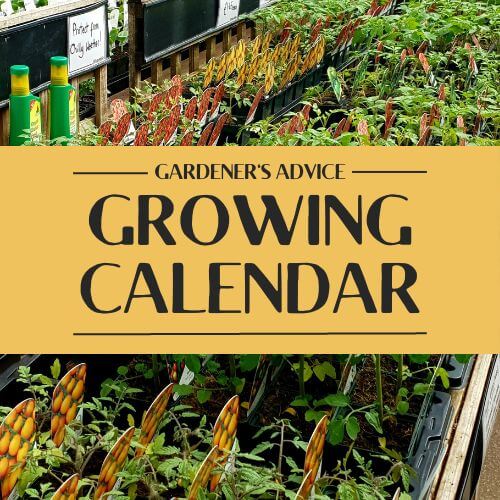Jobs for March on the allotment
Posted By: rocket veg Category: Growing Veg, Seasonal AdviceThat short burst of unnaturally warm weather towards the end of February made my gardener’s fingers itching to make a start on my allotment, but reality has returned and we are now back in the tail end of winter, March winds good and proper. In spite of this, there are lots of jobs which can be tackled now, so here are a few encouraging pointers.
Get your vegetable seed ready
If you haven’t already done so, sort through the shoebox in which you store your old packets of seed and discard any which is past its ‘sow by’ date. I’m always tempted to hang on to packets which still contain a lot of seed, such as carrot and tomato, but it is a false economy: always better to buy new to avoid disappointing germination rate. It’ll soon be time to make outdoor sowings of the following – peas, broad beans (long pod varieties), beetroot, leaf beet, parsnips, spring onions and kohl rabi, so have your seed ready to go.
First sowings – but a word of caution
Some gardeners like to sow parsnip in early spring as germination is notoriously slow. A gardening friend of mine, a very experienced veg grower, always takes great delight in telling me that his parsnips, which he sowed in February, are ‘up’ when I am still wondering which variety I’ll be sowing. In spite of the urge to make a start, the soil is still far too cold for sowing seed, unless you have a suitable covering, such as a plastic cloche tunnel which can be placed over the rows – so better to hold back for another week or two. Most vegetable seed for spring sowing needs a minimum day and night temperature of 7° to get going, or else it will sit in the soil and rot. Never blame poor germination rates on seed suppliers.
My greenhouse and cold frame are now in full swing, seedlings which I started off in the former, now moved to the latter. On sunny days, the temperature inside a glass structure will rise rapidly and seedlings in trays and small pots are likely to dry out quickly, so make sure that you water on a regular basis, as well as covering tender young plants when the night-time temperature drops.
Seed potatoes
I’ll be planting a few rows of seed potatoes this coming weekend – ‘Jazzy’, a first early variety which I haven’t tried before, but which has been recommended to me; and the ever-popular ‘Charlotte’, the perfect spud for summer salads. The patch where my potatoes are going was forked over a few weeks ago, all traces of weed removed, some home-made compost dug in, the ground then covered to keep it reasonably warm and protected. Just like seeds, potatoes hate being planted in cold, wet soil where they will just sit and sulk and be set back by several weeks.
Transplanting seedlings
If you have made sowings of broad beans, peas, summer cabbages and lettuce at home or in a greenhouse, the young plants should be ready to plant out in the next week or two, so make sure that the ground where they are going is in good shape. Now is a great time to feed to soil with a slow release organic fertiliser, such as pelleted chicken manure. Before planting your seedlings, make sure that you have plenty of fleece which can be thrown over the top as a protection when frost threatens.
What else to do?
…planning and pottering of course, so don’t forget to take a flask with you!







